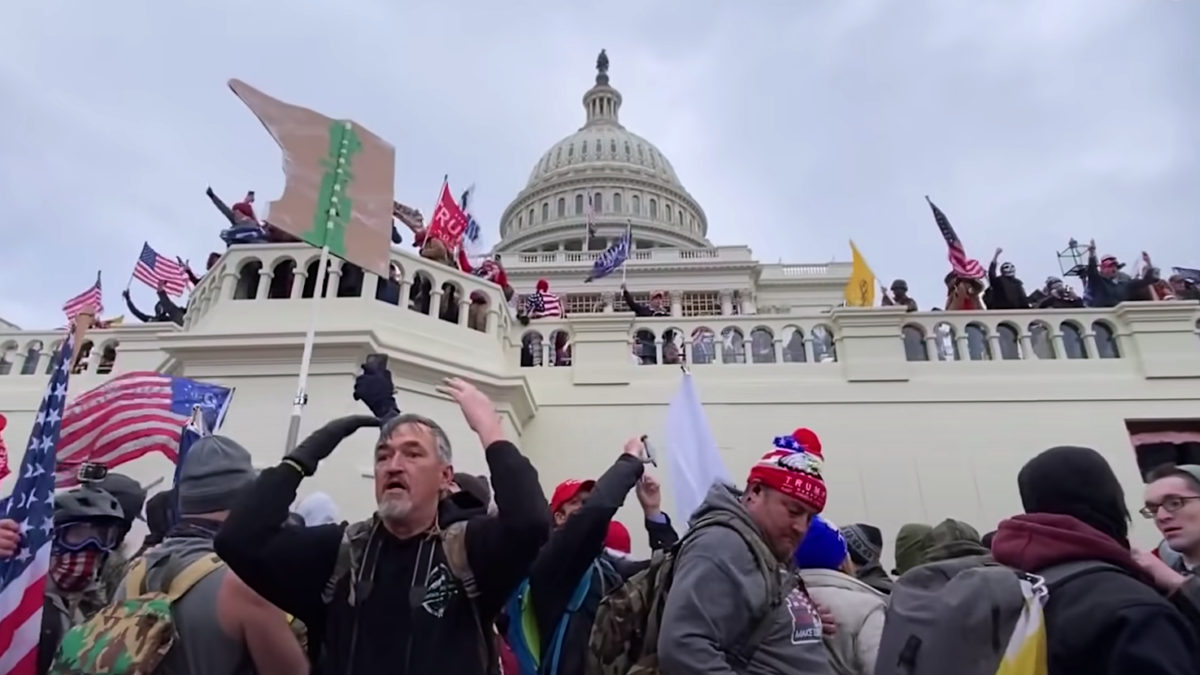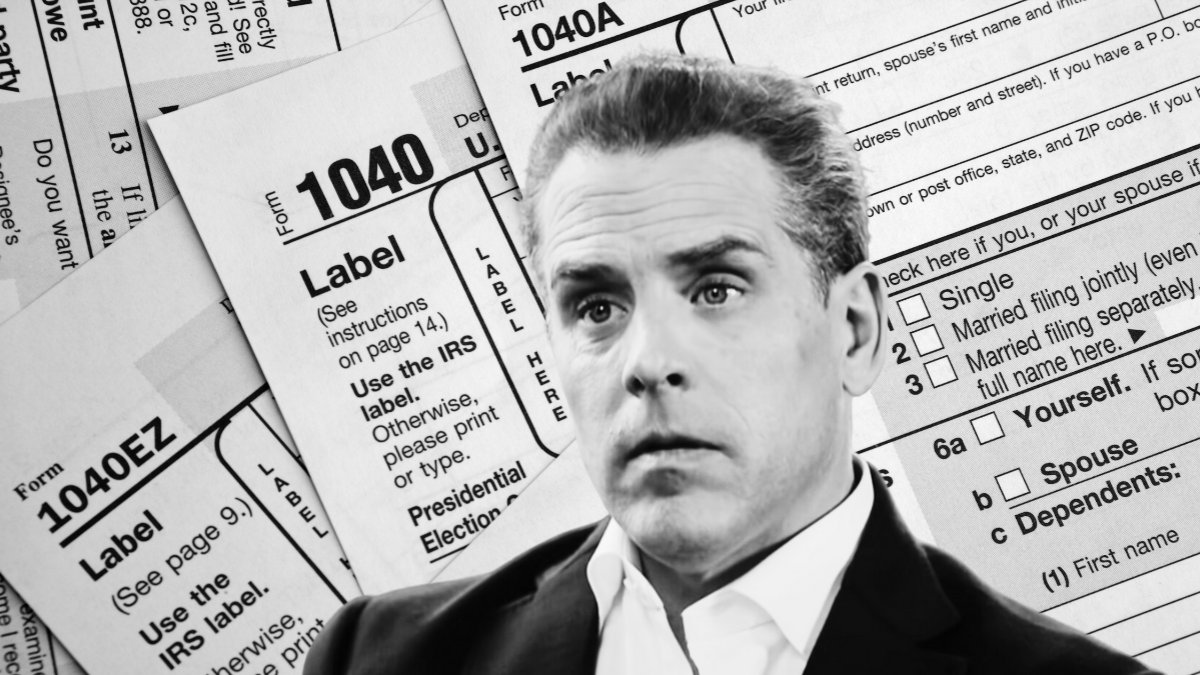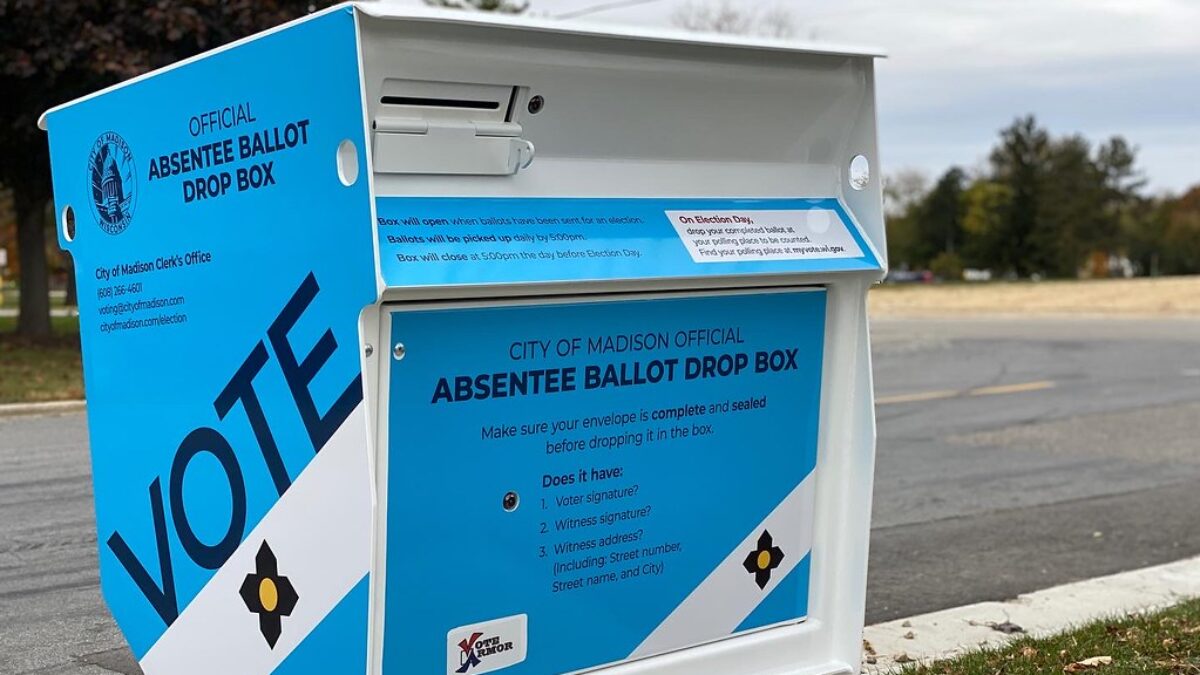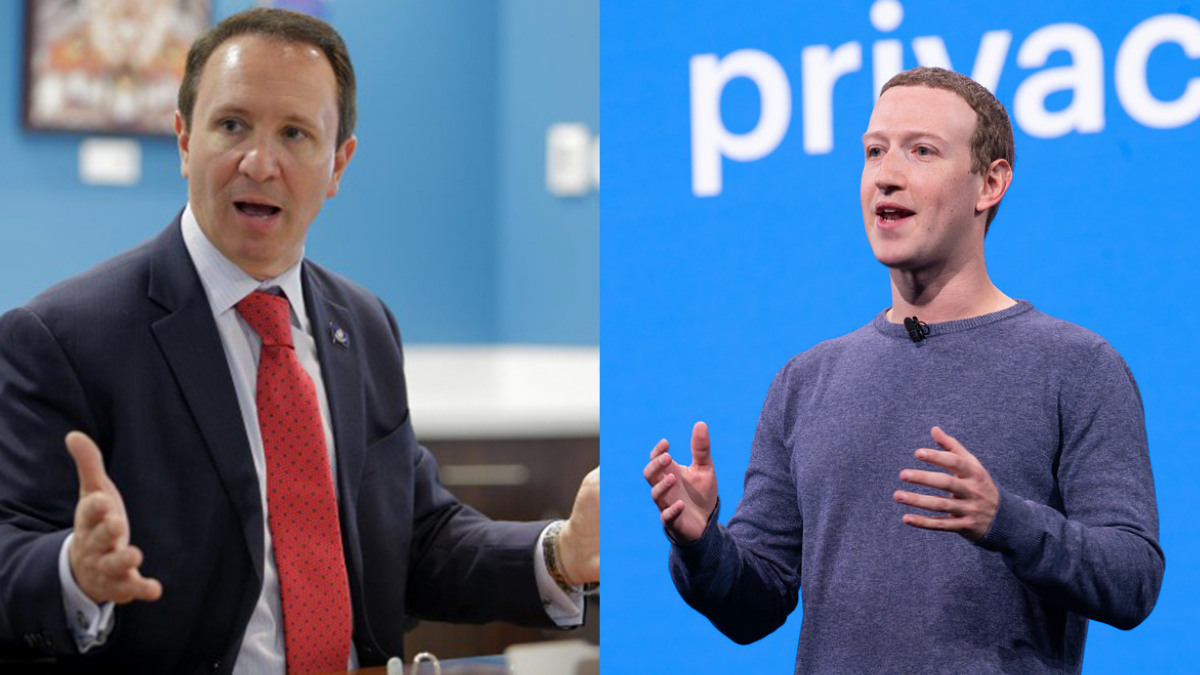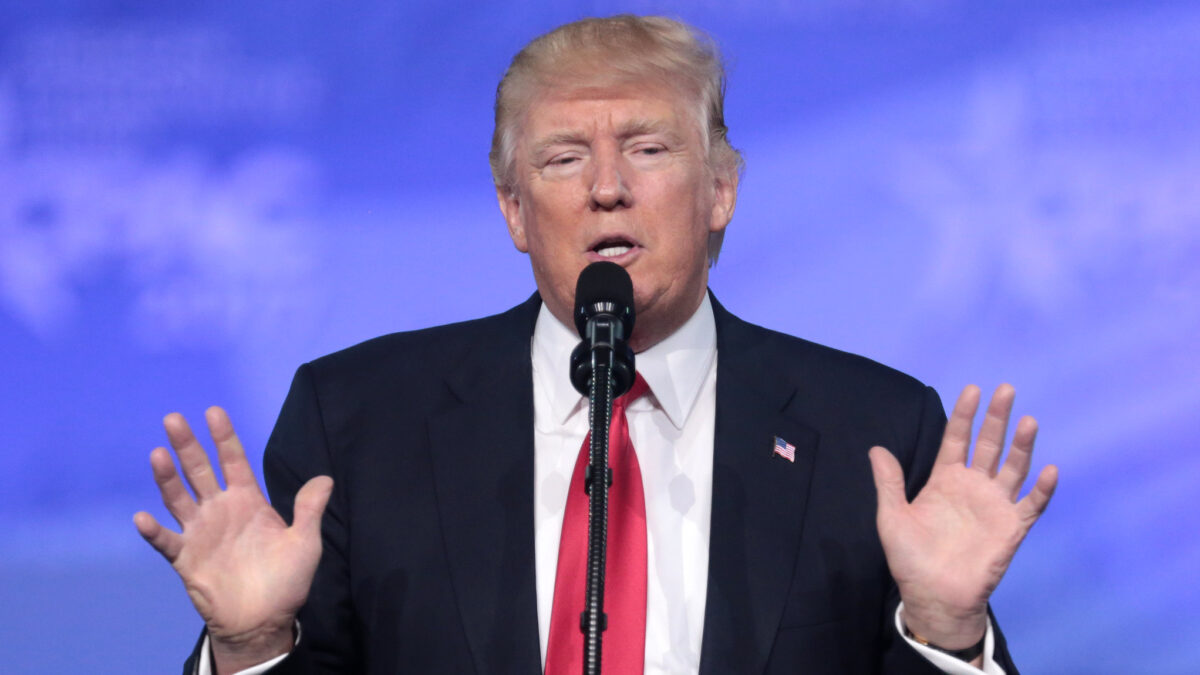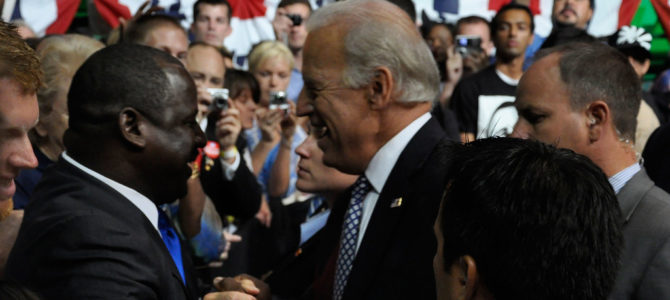
In South Carolina, the latest Post and Courier-Change Research poll cements Joe Biden’s status as front-runner for the Democratic presidential nomination. The former veep leads Sen. Bernie Sanders by 46 to 15 percent, with Sen. Kamala Harris following at 10 percent.
Biden’s success in the Palmetto State (and beyond), fueled to a large degree by African-American Democrats, threatens to tilt the party away from the far-left progressivism the establishment media had assumed will dominate the 2020 primary campaign.
At the outset, consider how significant Biden’s black support is in South Carolina:
https://twitter.com/SteveKornacki/status/1127934501378772998
As Dan McLaughlin noted at National Review, “[South Carolina’s] Democratic-primary electorate was 43 percent white and 55 percent black in 2008, 35 percent white and 61 percent black in 2016. By 2016, black women alone (37 percent of the primary voters) outnumbered all white voters in the South Carolina primary.”
Biden’s current coalition reflects the “upstairs/downstairs” schism in his party between the wealthier, whiter, college-educated elites and the poorer, more diverse, less-credentialed rank-and-file. While most of the 2020 Democrats are fighting over the “upstairs” group, Crazy Uncle Joe is cleaning up with the “downstairs” group, which probably constitutes the largest bloc of Democrats.
Contrary to the conventional wisdom, Biden is not relying on Democrats remaining the party of Barack Obama. The coalition the former president assembled was different. Obama relied on “upstairs” demographics including the college-educated, woke progressives, and younger voters. Biden’s “downstairs” coalition skews much more to older voters.
What Biden shares with Obama is goodwill with black voters. The reflexive reaction would be to assume Biden merely inherited black support from the first black president. The reality is likely more complicated than that.
A recent New York Times story on black voters in South Carolina captures some of the ideological debate existing even within this demographic (some of it generational). But in addition to Biden’s association with Obama, black voters historically have been at least as pragmatic as ideological. (Even the far left recognizes this.)
As one voter told the NYT: “Trump casts a shadow of uncertainty, while Joe Biden is security.” In primaries, black Democrats also have tended to favor “safer” choices like John Kerry and Hillary Clinton. It is often forgotten that Hillary polled well against Obama with black voters in the 2008 cycle until he beat her in the very pale state of Iowa and almost won the similarly pasty state of New Hampshire.
Biden’s current lead in Iowa is only a few points; his low double-digit lead in New Hampshire remains narrower than in South Carolina. But if Biden wins either of those early contests, his current black support would make him tough to beat.
McLaughlin again has sobering numbers. By next March 17, five weeks after New Hampshire, “64 percent of the delegates will have been chosen. Some 93 percent of those delegates will be selected by primaries, not caucuses; 46 percent of the delegates through March 17 will be chosen by states likely to have majority-nonwhite electorates, and another 22.6 percent by states where white voters are likely to be below 70 percent. This is not Bernie Country. If he hasn’t shown overwhelming strength in the first two primaries, he’s going to find himself swimming against the tide.”
Indeed, since Biden’s entry in the race, things have gotten worse for Bernie. Even a glance at the current Real Clear Politics national poll average for the Democratic nomination shows Biden rocketing while Sanders slumps. However, Bernie’s decline is not primarily due to black voters (with whom he’s doing better than in 2016, though that is a low bar). Rather, whites without college degrees, who were a mainstay of Bernie’s support in 2016, are moving over to Biden.
As a result, Bernie has become more of an “upstairs” candidate at a time when the “upstairs” pool of voters is split among the rest of the candidates not named Biden. So far, Bernie’s appeal “upstairs” has a ceiling because the old-school socialist has declined to wallow in the wokest forms of identity politics.
To beat Biden, someone will have to attract a critical mass of not only the Democrats’ “upstairs” pool, but also the party’s nonwhite voters, particularly blacks (other nonwhite demographics tend to be smaller and more heterogeneous politically). To date, Sanders seems unlikely to accomplish the second part.
Harris conceivably could rebuild the Obama coalition, but has come off as a pure “upstairs” candidate. She may need to win or finish strong in Iowa or New Hampshire to convince nonwhite voters she is a safe choice who can win. Biden’s remaining rivals—particularly Pete Buttigieg—fare so poorly with nonwhites to date that they seem every bit the longshots the top lines of the polls suggest.
Given this landscape, the field is left hoping Crazy Uncle Joe blows himself up, which has not happened so far, in part because his staff is trying to give him the scripted campaign of a vice-president. Even assuming Biden does let a few gaffes fly along the trail, one lesson of President Trump’s success may be that ordinary voters care about gaffes much less than journalists do.
Another lesson of 2016 may be that the front-runner sometimes remains the front-runner. Biden is the best-known of the field and he is not polling like Jeb Bush. Identity politics is increasingly popular within the Democratic Party, but the fact that the field has overwhelmingly pitched itself to the “upstairs” faction makes it less likely any of Biden’s rivals can assemble the coalition needed to beat him.


